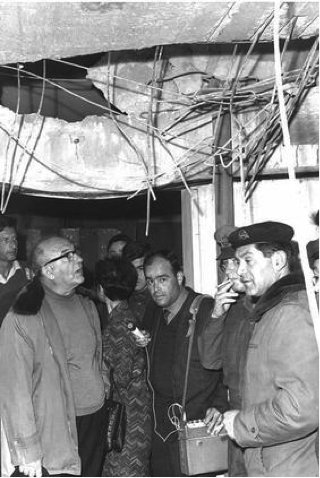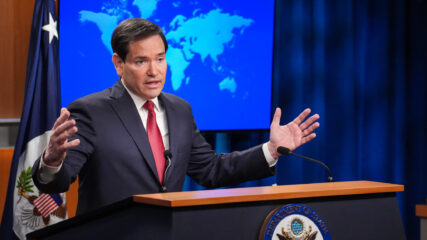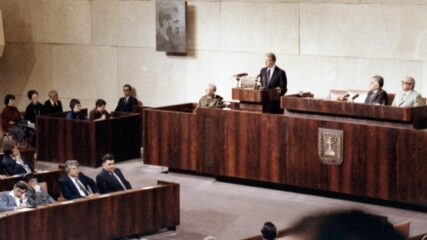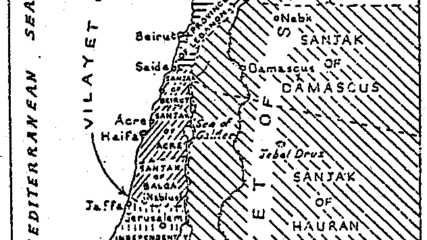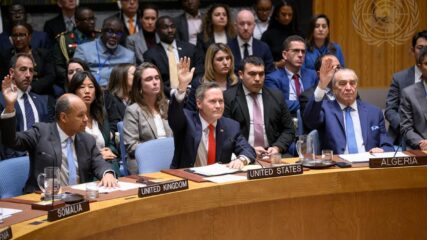April 7, 1967
Flare-ups between Israel and Syria as a result of raids launched against Israeli civilians from Syrian territory were quite common throughout the sixties. In August 1966, following a series of raids and a military confrontation between Israel and Syria, the United Nations had pushed for a cease-fire, which led to a period of relative calm during the second half of 1966.
In January 1967, Syria ramped up shelling of northern Israeli settlements. On January 16th, Radio Damascus declared that Syria “had changed its strategy, moving from defense to attack.” (Michael Oren, Six Days of War, NY: Rosetta Books, 2002, p. 42)
The escalation occurred at a time when Syria was being supported by the Soviet Union and came after Syria and Egypt had entered into a mutual defense pact the previous November. Despite the UN reconvening the Israeli Syrian Mixed Armistice-Commission, the attacks continued. On April 1st, after a water pump at Kibbutz Misgav Am was blown up by Palestinian guerillas, Israeli leaders decided that the next attack would require an Israeli response.
On April 7th, after unarmored Israeli tractors were fired upon in the demilitarized zone, Israeli forces began to return fire. The event soon escalated with both sides engaging their air forces in an air battle that featured over 130 planes. Israelis Mirage fighter jets quickly seized control of the situation, shooting down six Soviet supplied MIGs flying over Damascus.
Despite the agreement with Egypt, the Egyptians did not enter into the conflict. The event resulted in an escalation of attacks in the north, mostly perpetrated by Yasser Arafat’s al-Fatah. The Soviets began to provoke both Syria and Egypt by claiming that Israel was amassing troops in the north. The road to war in June 1967 had begun.
The photo shows Prime Minister Levi Eshkol (on left) visiting a house damaged during the April 7th battle.

